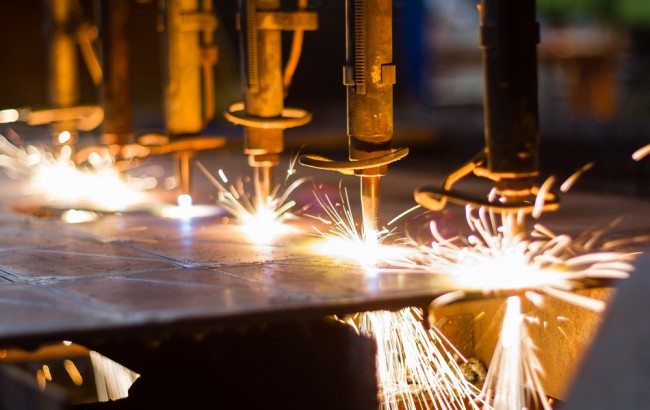As with all natural resources and goods that are important for today’s ever-developing world, the markets for steel and Aluminium in Europe are also determined by the worldwide demand.
Since the industrial revolution, all different types of steel have become more and more important. But the technological developments reach for different raw materials. Within the last few decades, the hard to extract element Aluminium has overtaken mere steel in relevance. Especially in the sector of electronical devices, the material has become redundant. A look at the statistics and price developments in the European market is interesting.
Why has Aluminium become so important?
The element is, following oxygen and silicon, the most abundant metal in the earth crust. It appears only in the outer surfaces of our planet. Aluminium covers only 8% of the earth’s usable resources. That makes it especially rare. Its occurrence is determined by very special conditions. Today, Aluminium is used in several fields:
- Machinery and equipment
- Transportation industries ranging from cars to aeroplanes
- Packaging industry
- Technological fields
Especially the last point on the above list, the technological area, is in special need for the rare element. Aluminium is found in every electronical device due to its electrical and thermal conductivity plus aluminium can be shaped to the users needs.
Pricier than steel
Although the price for Aluminium in all forms dropped around 15% in relation to the previous year, the trend is constantly upward. In December 2018, the previous variable costs for the metal arrived at approximately 1.700€ or 1.483£ per metric ton. Parallel to the decline in prices for steel, the numbers have plunged rapidly. The lowest prices for Aluminium and steel in general reached their bottom in 2016.
EUROFER confirms rising steel production in Europe
While the cost per metric ton in the sector of Aluminium are growing constantly, the price for steel remained relatively stable though the supply is rising. According to EUROFER’s annual report, the production of raw steel has increased in the European Union. The European Steel Association (EUROFER) is an international non-profit organization based in Brussels, Belgium. It focuses on the European steel market and represents the steel production industries in the whole EU. More than 500 steel production sites are based in the EU providing all sorts of steel:
- Carbon steel: Combines iron and carbon, 90% of the steel production worldwide
- Low alloy steel: The elements are typically iron, molybdenum, manganese, chromium or nickel, it is harder than carbon steel
- High strength low alloy steel: Elements like manganese is increased, it provides additional resistance at a small price increase
- Stainless steel: These alloys are due to the addition of chromium and nickel anti-corrosive. They are used in all kinds of constructions such as rails as well as in surgical instruments.
All these different types of steel can be purchased easily within the European Union. Several local productions in various countries offer all kinds of shapes and sizes supplying small and medium scaled metalworking companies. Easily accessible online-shops, for example Kloeckner, offer the types of steel listed above.
The prices for European steal are growing slightly
Fears of a declining demand from the biggest importer for European steel the People’s Republic of China have shaken the markets. Luckily, the country and its ever-growing industries remain the biggest buyer of steel worldwide. With its rapidly developing economy the need for raw steel in the eastern country is rather increasing. Since 2017 the prices per metric ton steel have balanced around 577 US Dollars (440£). A phenomenal upward trend is nevertheless not expected within the upcoming years.


